Selection of the Shredder
Selecting the right shredder depends on several factors, including the type of material to be shredded, desired output size, throughput requirements, budget considerations, and available space. Here's a step-by-step guide to help you choose the most suitable shredder for your needs:
1. Identify Material: Determine the type and volume of material you plan to shred. Common materials include paper, cardboard, plastic, wood, metal, and electronic waste. Some shredders are specialized for specific materials, while others are more versatile.
2. Output Size: Consider the desired output size of the shredded material. Different shredders produce different particle sizes, ranging from coarse to fine. Choose a shredder that can achieve the desired particle size for your application.
3. Throughput Requirements: Estimate the amount of material you need to process per hour or day. Select a shredder with the appropriate throughput capacity to handle your expected workload efficiently. Higher throughput typically requires a more robust and powerful shredder.
4. Security Level: If you're shredding sensitive documents or materials, consider the required level of security. Shredders are available with different security levels, ranging from basic strip-cut shredding to high-security cross-cut or micro-cut shredding.
5. Continuous Operation vs. Batch Processing: Determine whether you need a shredder for continuous operation or batch processing. Continuous-duty shredders are designed for non-stop operation, while batch shredders have limited run times and require cooldown periods between cycles.
6. Space and Installation: Evaluate the available space for installing the shredder. Consider the dimensions and layout of the shredder, including access for maintenance and servicing. Ensure that the shredder can be installed safely and conveniently in your facility.
7. Budget Considerations: Set a budget for the shredder purchase, including any additional costs for installation, maintenance, and operating expenses. Compare the features and specifications of different shredders within your budget range to find the best value for your investment.
8. Safety Features: Look for shredders with built-in safety features to prevent accidents and injuries. Features such as emergency stop buttons, safety locks, and overload protection mechanisms enhance operator safety during operation.
9. Manufacturer Reputation and Support: Research the reputation of the shredder manufacturer, including product quality, reliability, and customer support services. Choose a reputable manufacturer with a track record of delivering durable and dependable shredding equipment.
By considering these factors and conducting thorough research, you can select a shredder that meets your specific requirements and delivers optimal performance for your waste shredding and recycling applications.

 CN
CN
 EN
EN
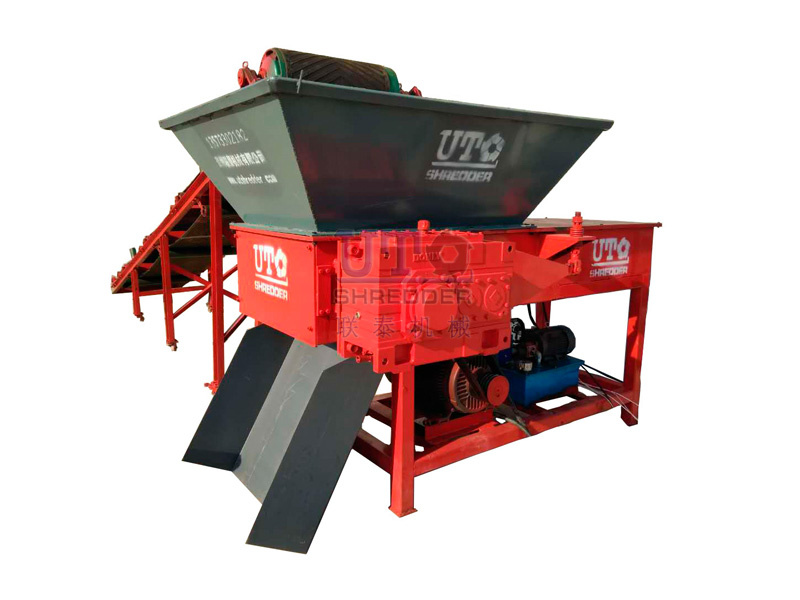
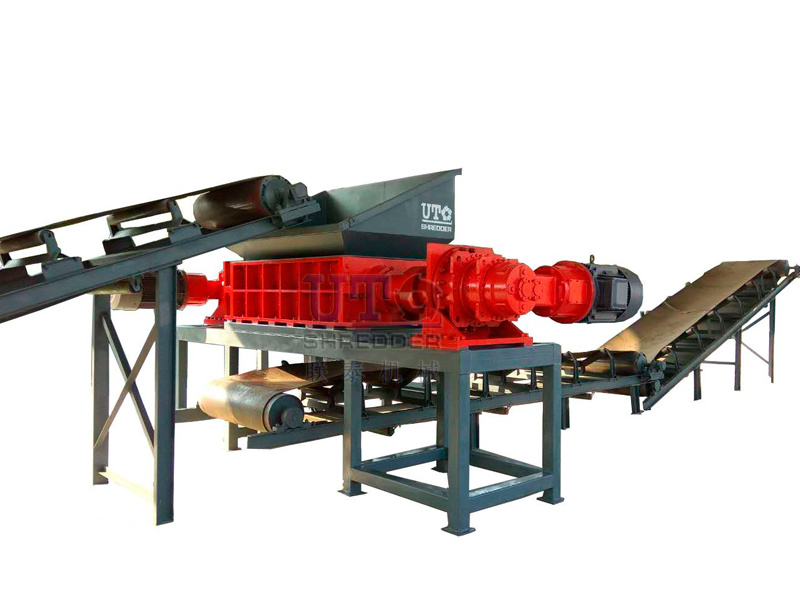
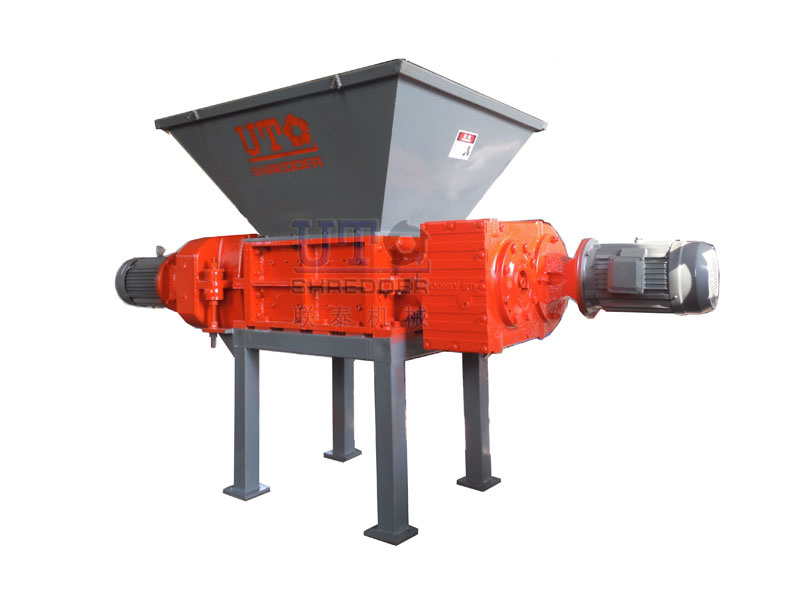
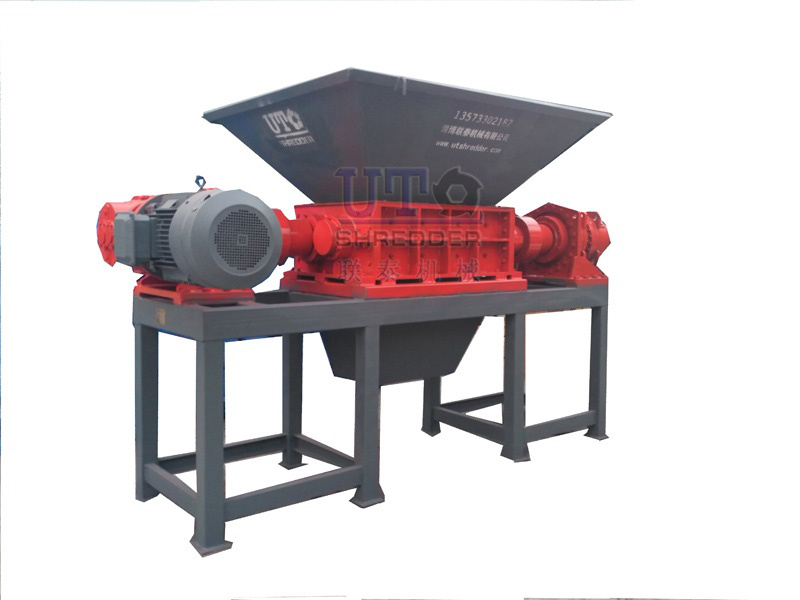
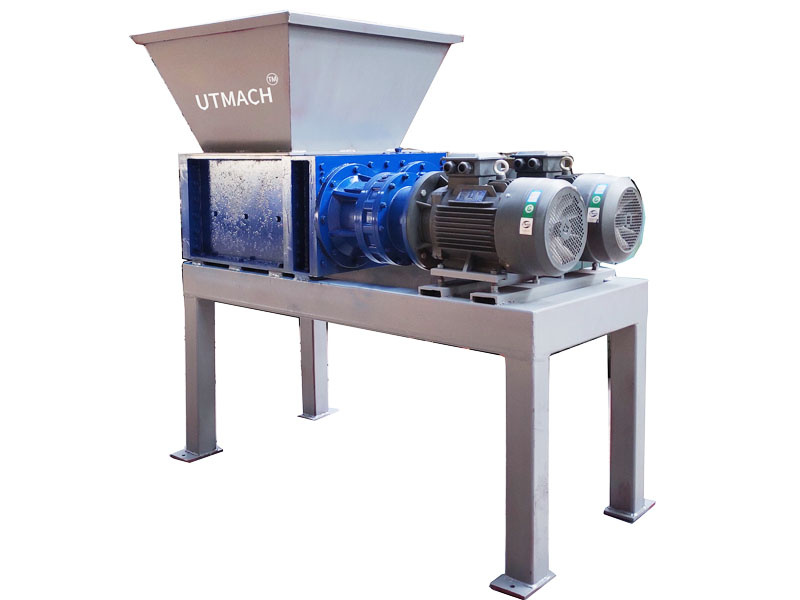
 TEL:+86-533-3588750
TEL:+86-533-3588750 FAX:+86-533-3588750
FAX:+86-533-3588750 MOBILE:+86-18653354363
MOBILE:+86-18653354363 E-MAIL:info@zbutm.com
E-MAIL:info@zbutm.com ADDRESS:No.145 Zhengtong Road,
ADDRESS:No.145 Zhengtong Road,






